by Michael Haskew
Nine months after they splashed ashore on the beaches of Normandy, Allied troops stood along the west bank of the great Rhine River, the last natural barrier between them and the expanse of the Third Reich.
The German people had always considered the storied Rhine a natural barrier to invasion. Not since the time of Napoleon had an invading army successfully crossed the wide stretch of water. It seemed simple enough. Fortify the riverbank on either side, dropping the bridges into the flood below while executing a fighting withdrawal. The price paid by any attacking force would be high, and the Fatherland would be protected as long as possible.
An Unexpected Find: The Ludendorff Railroad Bridge
The idea was as sound as could be under the circumstances, but one mistake made history and allowed a number of American soldiers to cross the Rhine with dry feet. It was March 7, 1945, a full 60 years ago this month. Soldiers of the 27th Armored Infantry and 14th Tank battalions, Combat Command B, 9th Armored Division had found the Ludendorff railroad bridge at the town of Remagen. The first American soldier to actually step onto the eastern bank of the Rhine was Sergeant Alex Drabik, and the first officer was 2nd Lieutenant Karl Timmermann.
The sight of the bridge intact came as a great surprise. In fact, the Americans of the Third Army, under General George S. Patton, Jr., and the First Army, commanded by General Courtney Hodges, had been ordered to mark time on the west bank of the Rhine, while the primarily British 21st Army Group, under Field Marshal Bernard L. Montgomery, was to cross the river north of Dusseldorf and drive into the Ruhr, the industrial heart of Germany.
Timmermann and company did not simply walk across the bridge. Retreating soldiers and civilians had been streaming across, and the German engineers who had set charges were reluctant to detonate them until the last possible moment. When they did, they succeeded only in blowing a crater in the road leading to the bridge. Their second attempt, at 4 pm on March 7, appeared initially to be successful, but when the smoke cleared it remained shakily standing.
The Dash Across the Bridge
Timmermann’s small command started across the bridge at mid-afternoon, harassed by sniper and machine-gun fire from two towers on the eastern end of the span and from the far bank of the Rhine. Combat engineers worked feverishly to render inert the remaining explosives strung underneath the bridge. Meanwhile, the infantry tossed German machine guns out the tower windows and took several prisoners in the process.
Kenneth Hechler, later a Congressman and the longtime attorney general of West Virginia, was on the scene as the leader of a group of four combat historians. He later penned the landmark book titled The Bridge At Remagen, which also became a major motion picture. Hechler described the last few yards of the dash across the bridge, “Drabik took off for the east bank, weaving and wobbling. Just before he got across the bridge, he jounced so much that he lost his helmet. He did not stop to pick it up, but kept running at top speed until he reached the southeast bank of the Rhine. He was the first man over, followed closely by eight others. A few seconds afterward Timmermann, the first officer over, set foot on the farther side.”
The initial American bridgehead was precarious, and sustained enemy fire continued from the heights on the eastern bank. A nearby tunnel was crammed full of German soldiers and civilian refugees. Both had to be cleared. Meanwhile, the damaged bridge was shored up as much as possible. U.S. tanks began to roll across, and the barrier of the Rhine had been breached.
When news of the crossing spread through the German command, efforts to stem the coming tide were almost immediate. Artillery, airstrikes, and even divers were employed to destroy the bridge. Amazingly, it stood for 10 days, finally collapsing on March 17. Twenty-eight American engineers were killed and 93 wounded when the shattered bridge fell. But elements of five American divisions had already rolled into Germany.
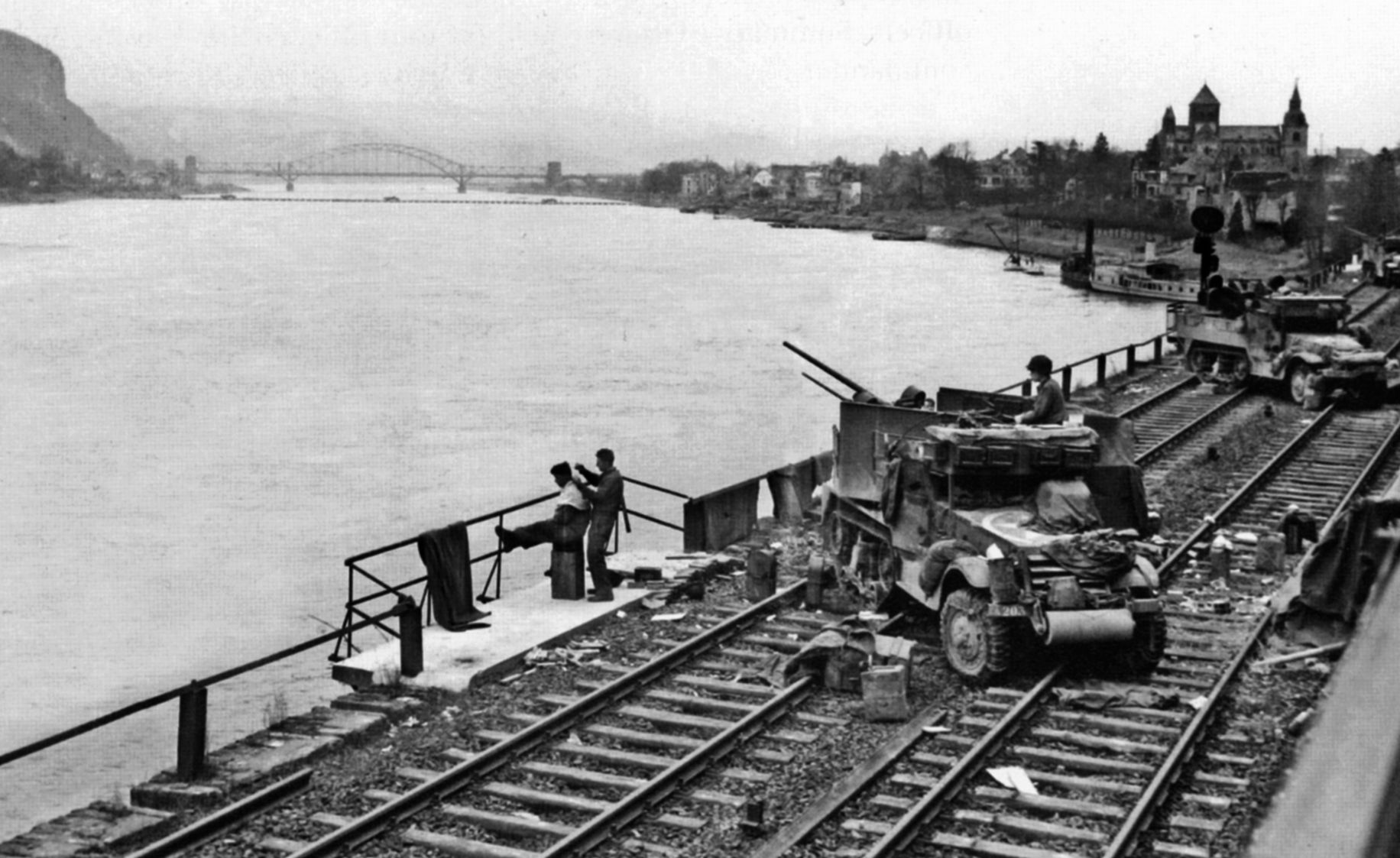
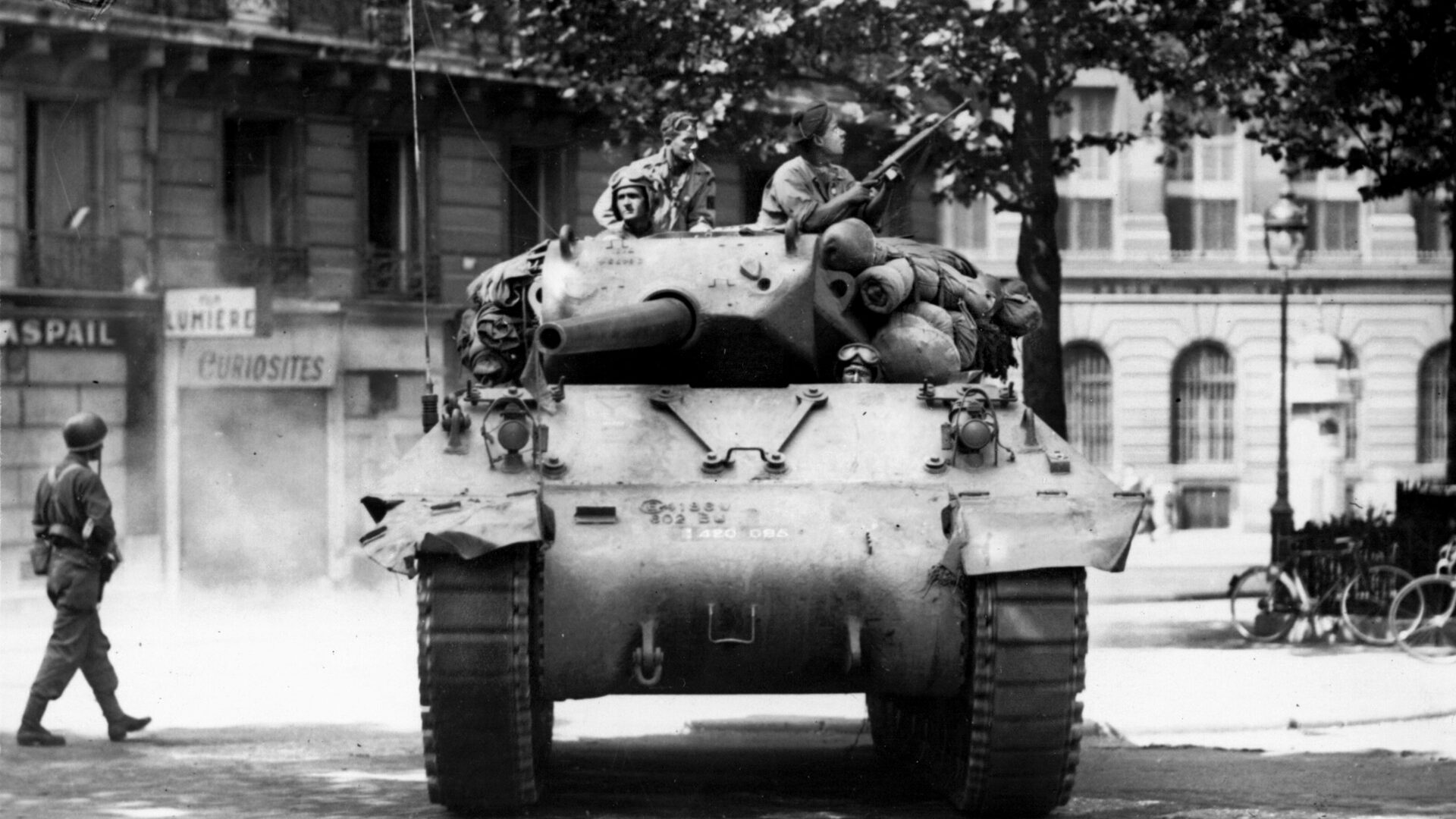
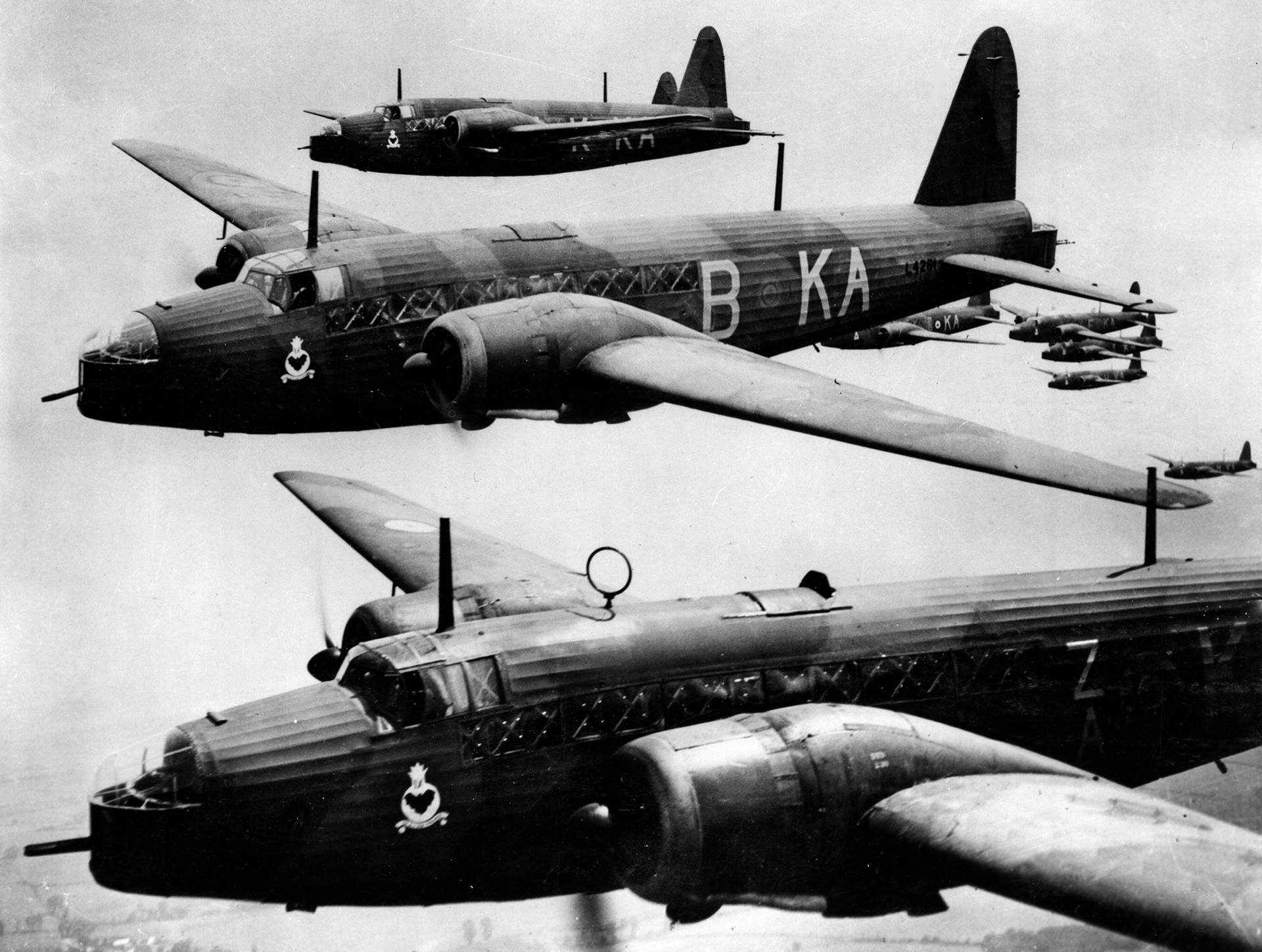
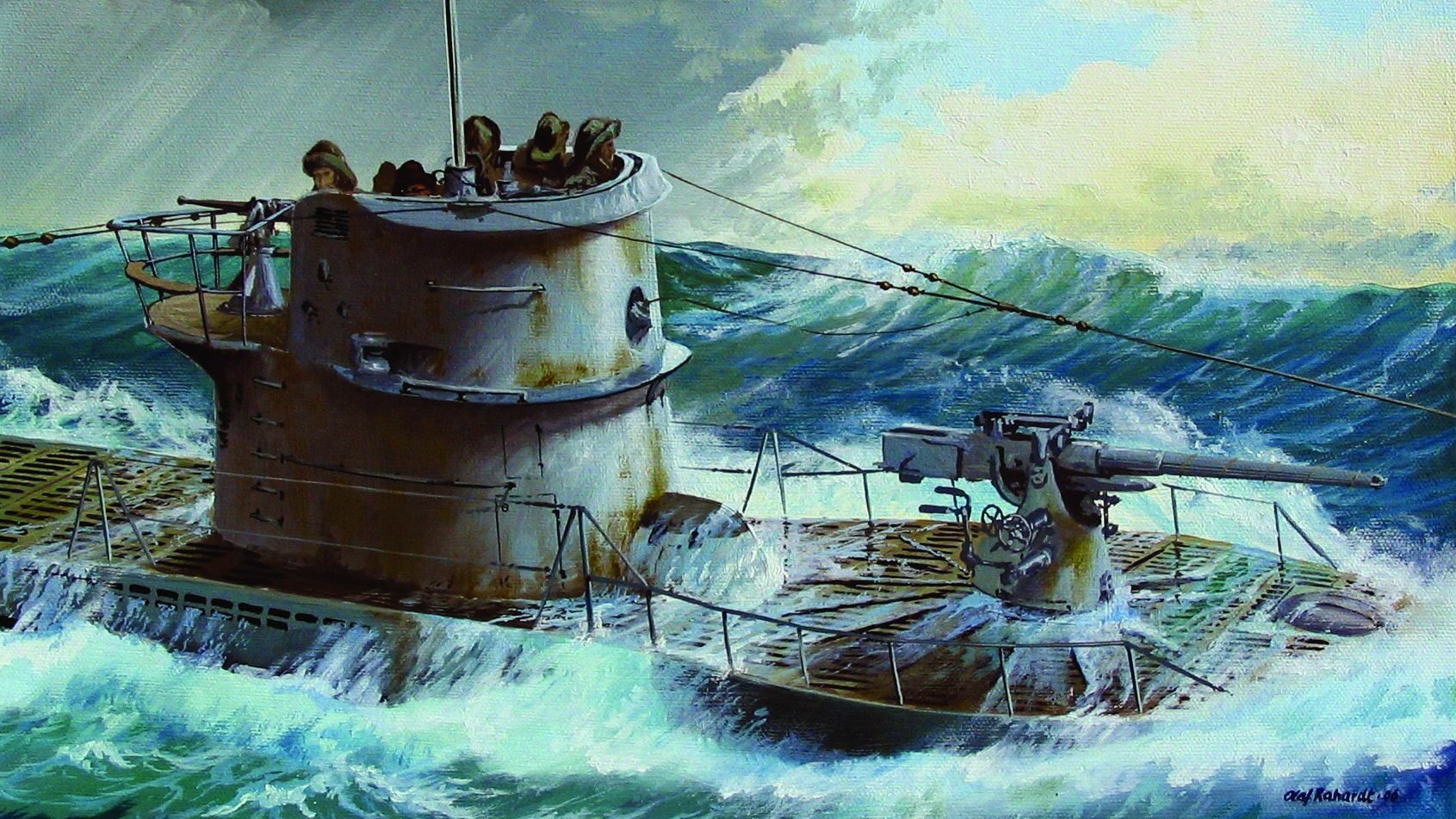
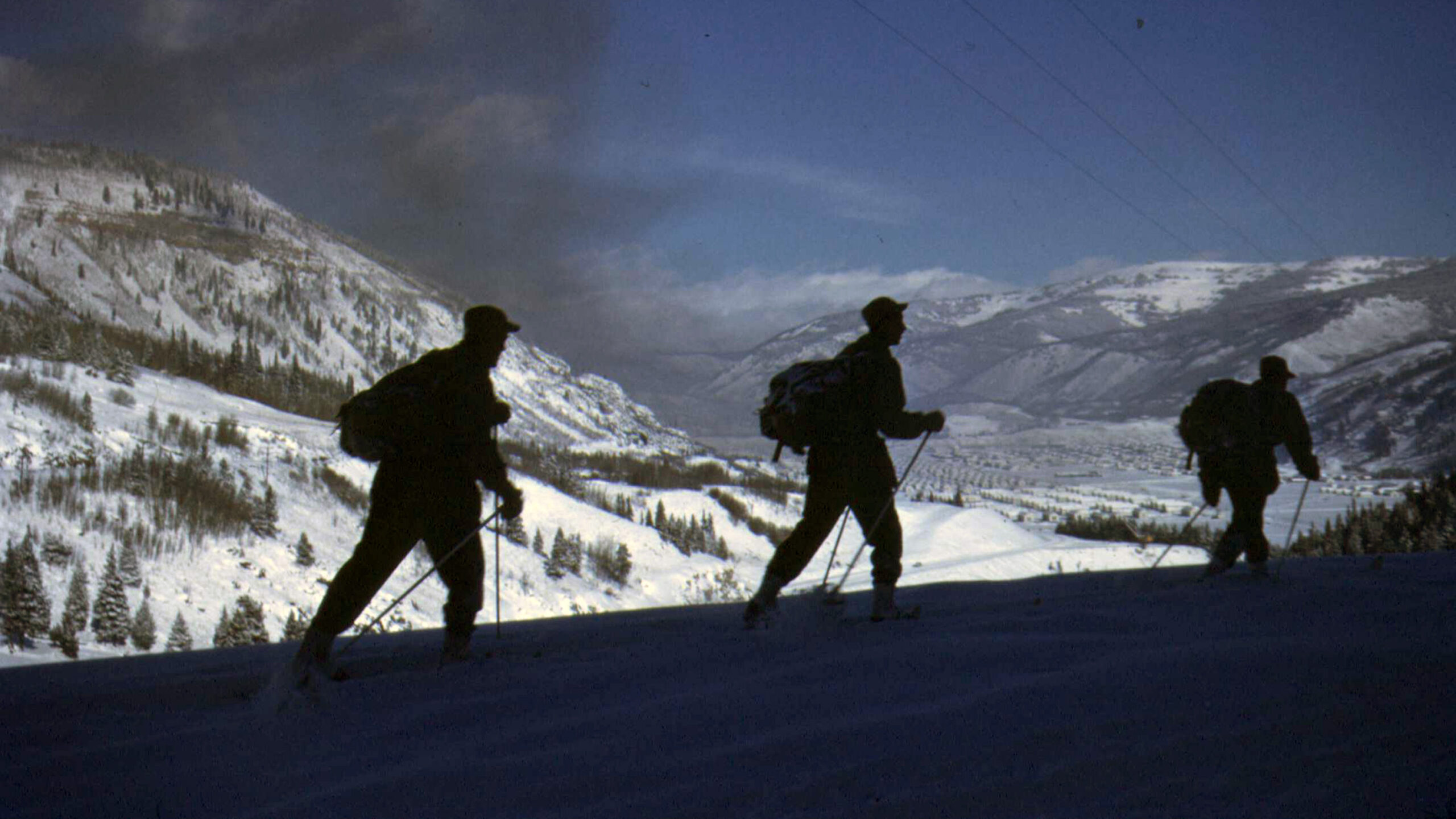
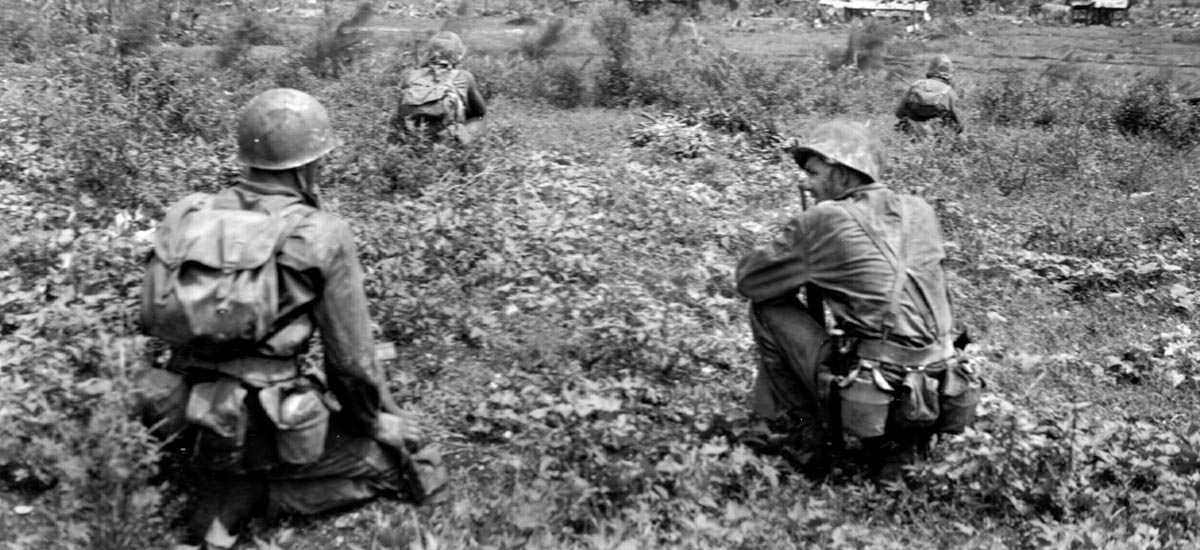
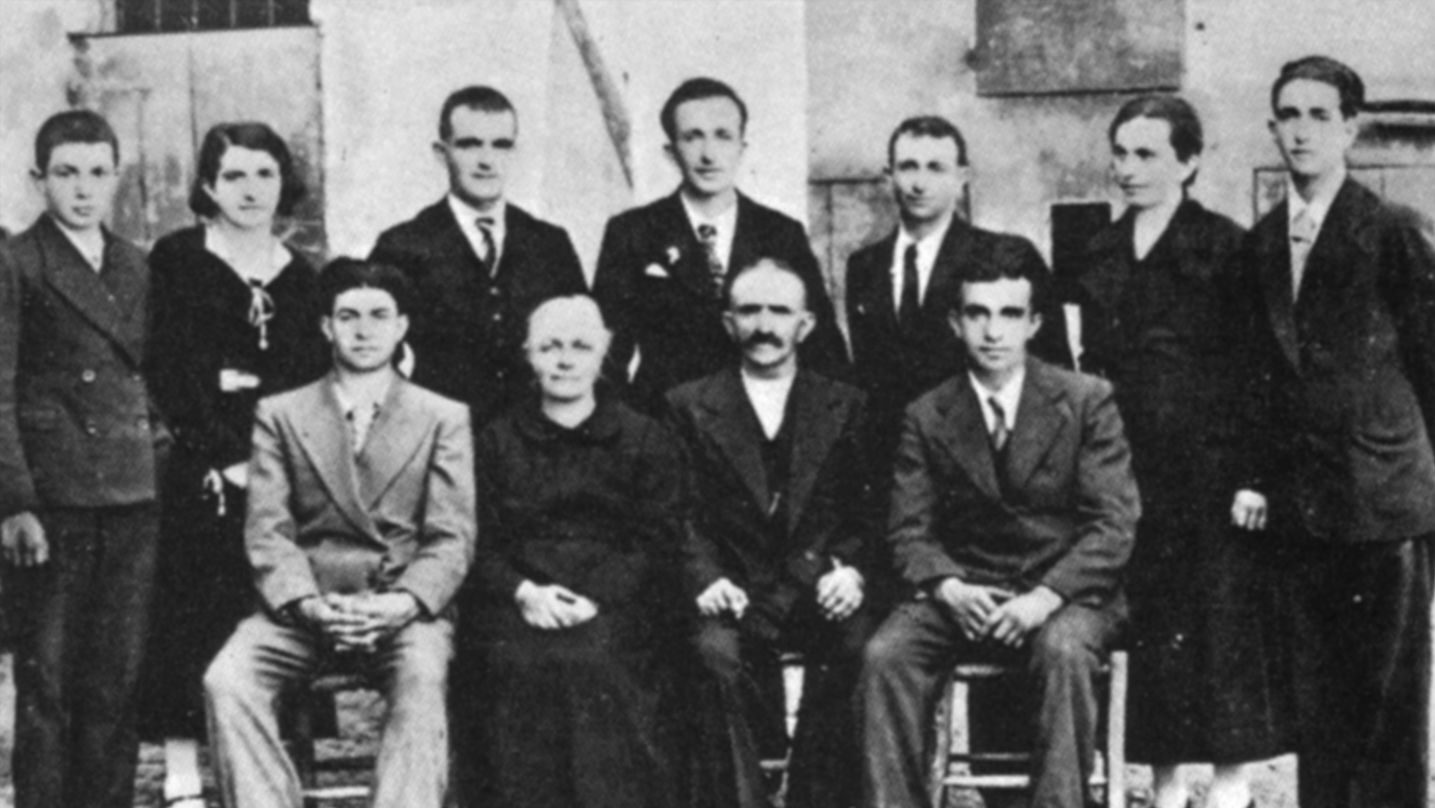

Join The Conversation
Comments
View All Comments